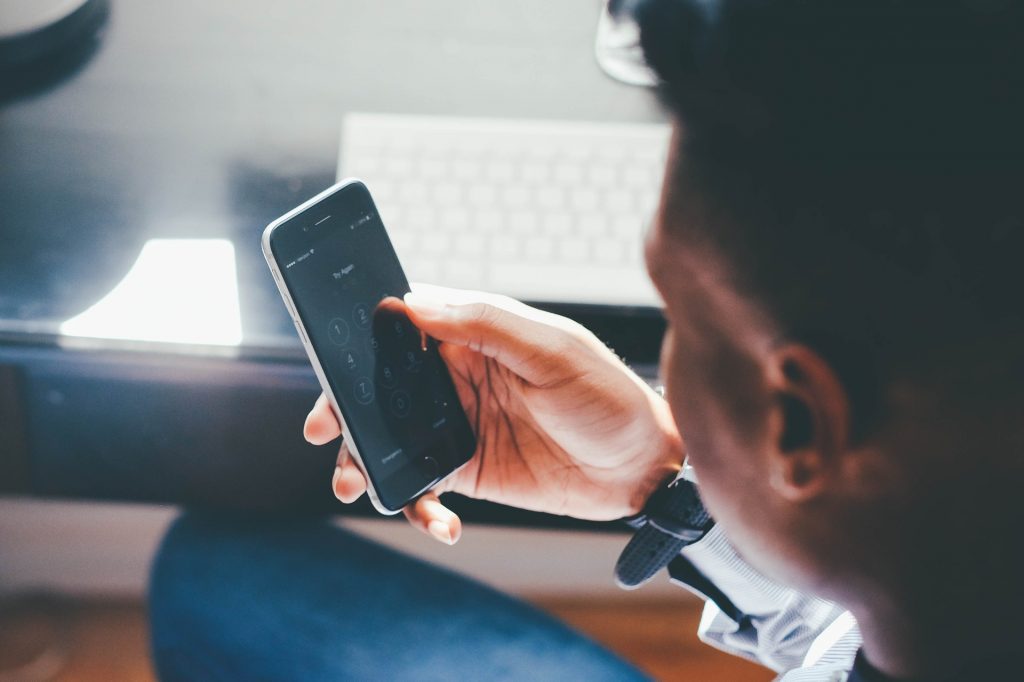Whilst developments in fintech show no signs of slowing, there appears to be disparity between the level of consumer demand and the rate of adoption. Global bank ING’s latest consumer economic research finds that whilst a few are satisfied with traditional bank offering and don’t see value in the introduction of new means of engagement, the majority of respondents believe that banks should offer consumers the most up to date technology available. Further, they agree that banks should cooperate to ensure that the latest payments systems are accessible to everyone.
Our move towards becoming a cashless society reflects how trends in banking are changing our financial behaviour. ING’s 2018 research for example showed that in America 74% of instore payments are made using either a debit or credit card, rather than cash.
However, whilst demand charges ahead, it appears that adoption of new technologies lags behind the rate of innovation, with concerns around security, privacy and maintaining control acting as key barriers to change.
The majority (62%) of Americans have never used fingerprint or voice recognition to log into their bank’s app. This reflects the belief of just 37% and 54% of respondents respectively, that voice and face recognition are secure. It seems therefore that consumers are not yet ready to accept these changes and may prefer for early adopters to test the waters before making the leap themselves.
In fact, whilst using an app (59% of people do this) has now become just as popular as accessing a website (61%) when seeking information, 70% of Americans still sometimes opt to physically visit their bank branch to access financial services, and perhaps surprisingly, across our total survey sample, the results are consistent across ages.
Mobile banking has of course become a standard for many, and those that now use mobile devices to manage their money do cite the benefits. 68% agree that they view their account balance more frequently, almost half (47%) state their financial goals are now clearer, and 42% now think about money more often. Accessibility has become paramount, with most (between 86% and 90%) of those who are already using multiple different devices to manage their money, grabbing the device is more accessible at the time when they need to check their balance, make a payment, or transfer money.
History has shown that as new technologies have proven to be reliable and useful, and therefore socially acceptable, adoption rates soar. Like with mobile banking, as the banks race to meet the demands of consumers seeking innovation in fintech, we can anticipate that widespread uptake will follow slow initial acceptance. Additionally, with close to half of Americans (49%) using alternative providers to supplement their money management, alongside their main financial institution, market disrupters and the fast pace of innovation in fintech may mean new technologies will become the norm more quickly than in the past.
However, over half (55%) of Americans are not aware that in some parts of the world, financial providers can access information held by other companies, with the user’s consent. And the majority (59%) say they would not be happy using this technology. While still in its infancy, this suggests that factors such as awareness will challenge the technology’s currently slow acceptance.
Another limiting factor is consumers’ natural demand for maintaining control of their own financial decisions. In fact, 53% are unhappy with the idea of an automated investment program, despite any potential benefits of using such technology.
Ultimately, for banks to overcome the challenge of hesitant or sceptical consumers, addressing security concerns, as well as increasing the familiarity and awareness of the latest technological innovations will be essential. It is clear that whilst Americans are quick to demand the newest technology yet slow to adopt it, there is potential for this gap to close.
